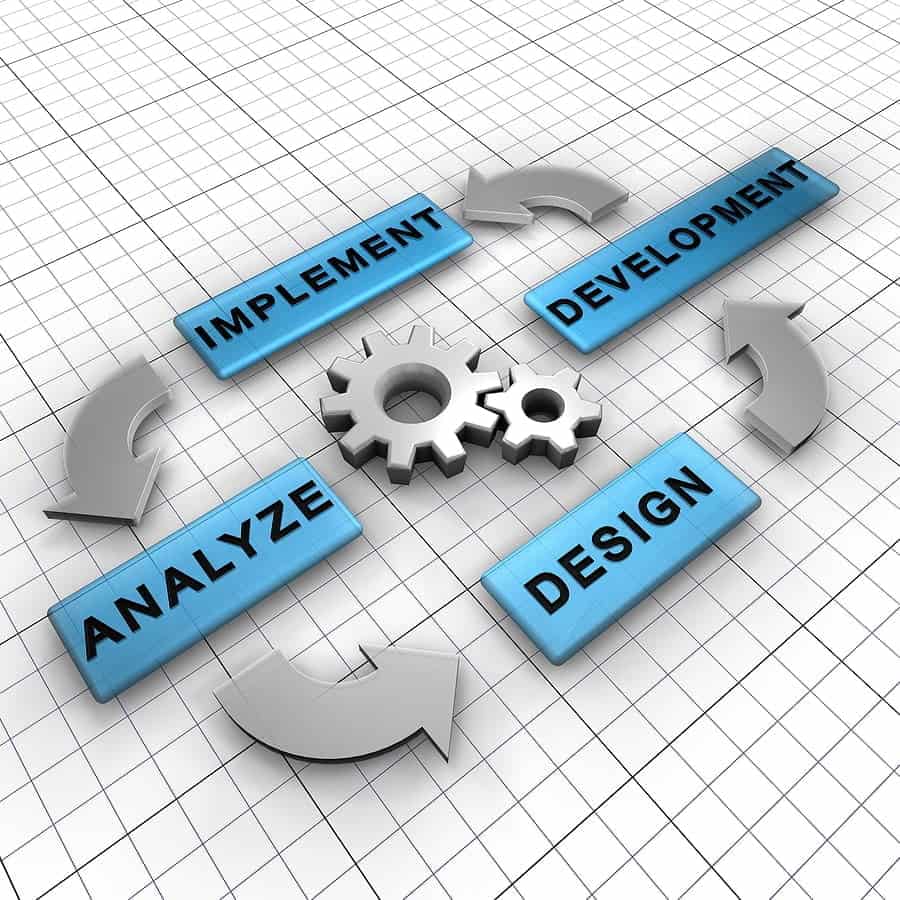Defining metrics for software development, and for post-delivery maintenance in modern software development is important for continual improvement. These software development metrics should include software development life cycle metrics as well as software development quality metrics. Just measuring the speed of your developments or on the achievement of delivery dates risks delivering software that is of poor quality.
Table of Contents
ToggleWhilst using agile techniques and cultures can help you with how you do agile project management for software development unless you have metrics for the quality of the product delivered, then you might think that the software development team is doing a great job, but in reality, the customer isn’t happy —in lean and agile, ensuring customer satisfaction through the delivery of products that they want is much more important than how the delivery is achieved. That doesn’t mean that you shouldn’t have metrics for delivery; they are still a valuable tool for identifying where improvements need to be made.
Measure the Right Metrics
Development metrics should be tailored to how you operate and what approach you are using for software development. Traditional metrics would measure the number of lines of code that were developed, the achievement of due dates, the number of bugs found during testing, and the number of bugs found after deployment. These are still valid metrics if you are using a waterfall development approach, but checklist software development methods like this aren’t appropriate if you are using agile.

In this team-based approach, it isn’t easy to design software developer performance metrics and developer productivity metrics. This is a challenge for how to manage a software development team that is using an agile approach. It is also tricky in agile to have metrics for software development change control, as the self-empowered teams are encouraged to do what’s needed to deliver the products without the interference that change control introduces.
Typical types of metrics used in software development and management include:
- Formal code metrics: These were traditionally relied on to ensure consistency between different software developers. Metrics such as Lines of Code (LOC), code complexity, Instruction Path Length, were widely used. However, in today’s development teams, these are considered to be less useful.
- Developer productivity metrics: These can help you understand how much time and work individual developers are spending on a software project. Examples include active days, assignment scope, efficiency, and code churn.
- Agile process metrics: These measure the efficiency of an agile software development team and the agile development lifecycle and include lead time, cycle time, and velocity.
- Operational metrics: These help to evaluate the stability of the delivered software products and the effectiveness of the support teams. Examples are Mean Time Between Failures (MTBF) and Mean Time to Recover (MTTR).
- Test metrics: When testing is used to ensure software quality, metrics for testing can be used to measure the effectiveness of the process. Examples include the percentage of code tested, the percentage of automated tests, and the number of defects identified.
- Customer satisfaction: Metrics for measuring the satisfaction of the customer are arguably the most important type of metric for software development. Examples are Net Promoter Score (NPS), Customer Effort Score (CES), and Customer Satisfaction Score (CSAT). These measure how customers experience the software and their interaction with the software provider.
Summary:
Software Development Metrics
Defining metrics for software development, and for post-delivery maintenance in modern software development is important for continual improvement. These software development metrics should include software development life cycle metrics as well as software development quality metrics. Just measuring the speed of your developments or on the achievement of delivery dates risks delivering software that is of poor quality.






